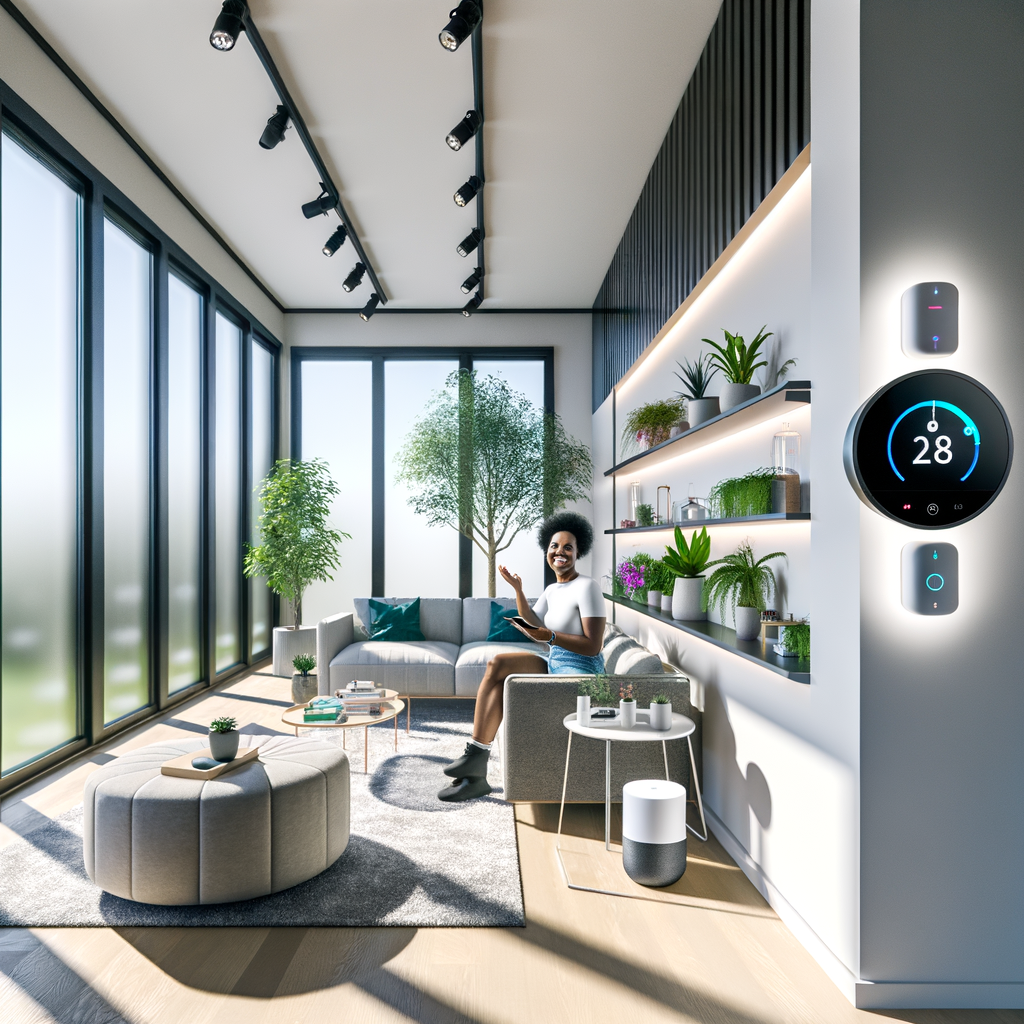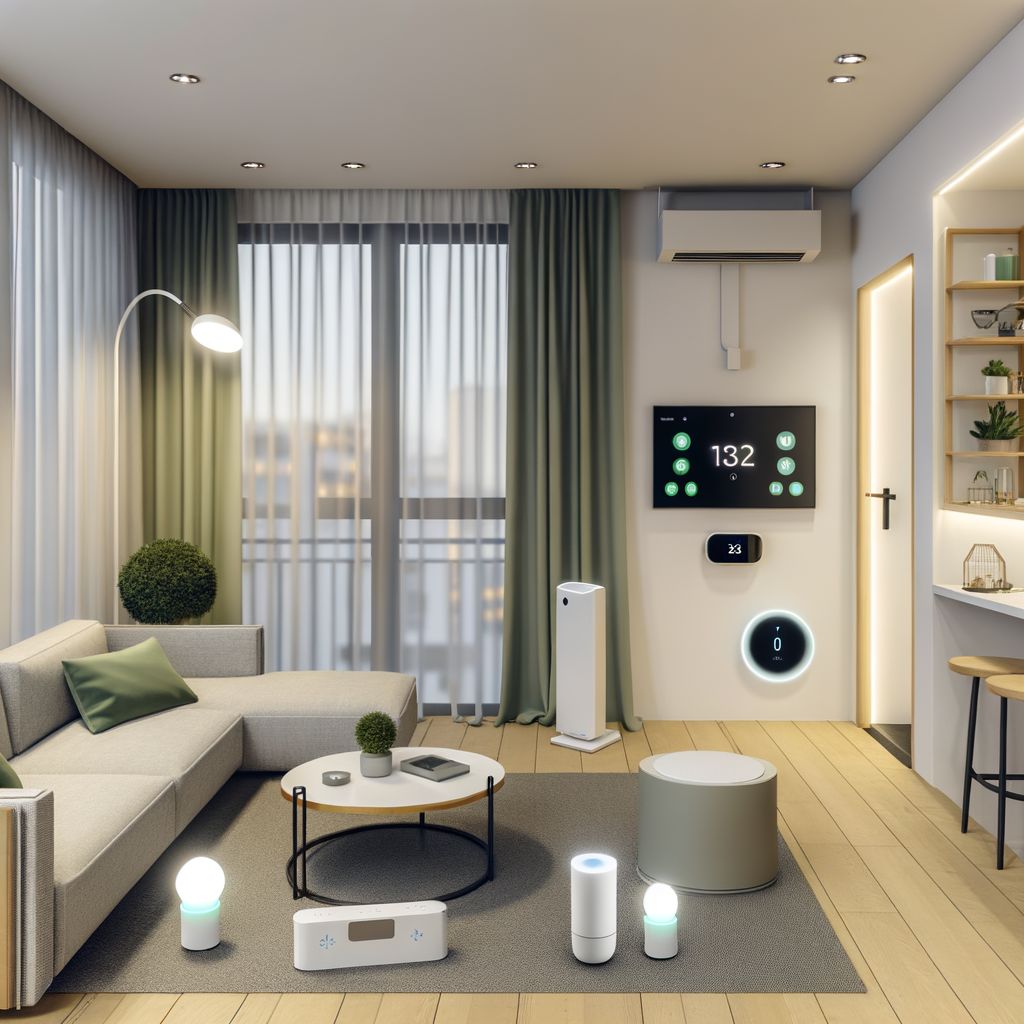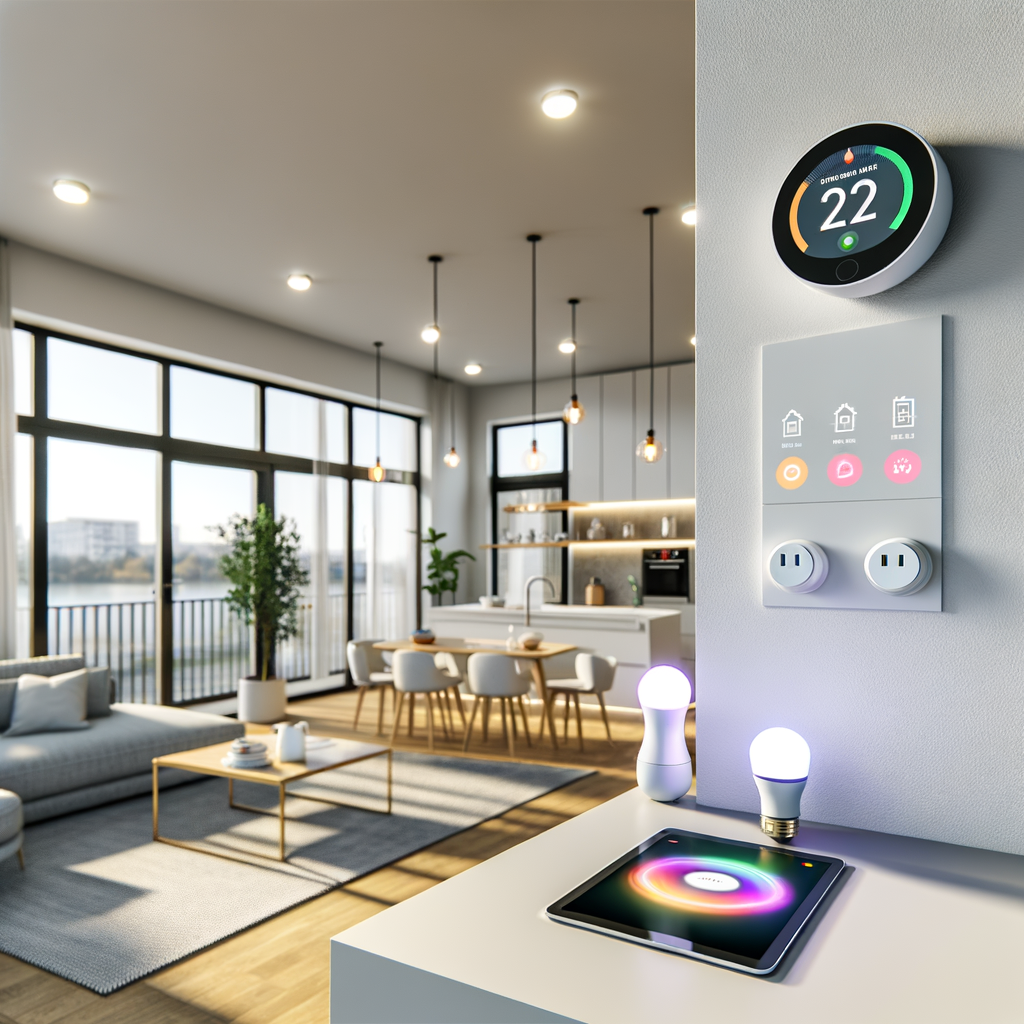Debunking 7 Smart Home Myths That Are Keeping Renters from Going Green
Smart homes are often associated with high-tech homeowners flaunting their eco-friendly, energy-saving gadgets. But if you’re a renter, you might believe the world of smart, sustainable living is out of reach. That’s simply not true! Many renters miss out on easy energy savings, convenience, and lower carbon footprints because of outdated myths around smart home technology.
In this article, we’ll debunk the top seven smart home misconceptions that are holding renters back—and show you simple, practical ways to start going green in your apartment or rental house today.
Why Smart Homes Matter for Eco-Conscious Renters
You don’t need to own a home or tear down walls to benefit from smart technology. Many devices are plug-and-play, require zero wiring, and move with you when you leave.
- Reduce energy waste: Automate lights, adjust heating/cooling, and more.
- Lower bills: Control devices remotely, catch energy vampires, and set smart schedules.
- Track your impact: Many apps give you data about your carbon footprint and usage patterns.
So why aren’t more renters going smart and green? Let’s get to the myths.
Myth #1: “Smart Home Tech Is Only for Homeowners”
Fact: Most Smart Devices Are Renter-Friendly
Many believe smart home upgrades require permanent installations, rewiring, or landlord permission. The reality? Many smart home devices require nothing more than a plug socket and WiFi.
- Smart plugs fit into standard outlets—no tools needed.
- Smart bulbs screw in like regular lightbulbs and can often be controlled without a hub.
- Battery-powered sensors and cameras use adhesive strips—leaving no marks when removed.
Pro Tip: Shopping for smart gear? Look for “no hub required” or “peel-and-stick” in the product description.
What Renters Can Do:
- Start with portable devices you can take with you when you move.
- Choose brands that support WiFi or Bluetooth (not just proprietary hubs).
- Read reviews for renters’ experiences before buying.
Myth #2: “Smart Devices Are Expensive Upfront—It’s Not Worth It”
Fact: Going Smart Pays for Itself
You don’t need to buy a whole-house system. Start small—many smart home devices cost less than $50.
Example savings:
- Smart thermostat (with approval): Can save $50–$150/year on heating and cooling.
- Smart plugs: Slash “phantom” energy use (from devices left on standby).
- LED smart bulbs: Use 80% less power than traditional bulbs, and last 10+ years.
Bonus: Many utilities offer rebates for energy-saving devices. Check your local provider’s website!
What Renters Can Do:
- Start with one or two smart plugs for high-usage devices (space heater, AC, computer).
- Replace one or two lightbulbs in high-traffic areas with smart LEDs.
- Look on marketplaces for open-box or certified refurbished devices.
Myth #3: “I’ll Lose My Deposit or Damage My Apartment”
Fact: Most Smart Devices Leave Zero Trace
Worried about security deposits? Rest easy—most smart gadgets are designed for flexible installations, no drilling or wiring needed.
- Use adhesive strips for sensors and cameras—remove without damage.
- Stick to plug-in devices for lamps, fans, and small appliances.
- Choose bulb swaps over fixture swaps—no electrician needed.
Pro Tip: Always save the original packaging for easy moves and returns.
What Renters Can Do:
- Keep a list and photo record of your installations.
- If you want to install a smart lock/thermostat, ask your landlord in writing (many will allow upgrades if you return the original).
- Review device specs for “removable” or “tool-free installation.”
Myth #4: “Smart Tech Is Complicated and a Headache to Set Up”
Fact: Most Devices Take Minutes, Not Hours
No IT degree required! Most smart devices are made for quick, app-based setup:
- Download the app, plug in the device, and connect to WiFi.
- Use step-by-step voice prompts or quick start guides.
- Many work with Amazon Alexa or Google Assistant for voice control.
Helpful Tools:
- YouTube: Tons of setup walkthroughs for every major device.
- Manufacturer support chats if you get stuck.
What Renters Can Do:
- Start with one smart plug or bulb. Master it before adding more.
- Stick to the same brand/ecosystem to keep things simple.
- Ask friends/family or search Reddit for advice—renter communities are great resources!
Myth #5: “Smart Home Devices Are Security Risks”
Fact: Good Security Is Built-In—If You Follow Best Practices
It’s smart to be cautious. But most risks come from weak passwords, not the devices themselves. Manufacturers now bake in security features like encrypted connections, two-factor authentication, and privacy controls.
- Always change the default password on every device.
- Use your device’s privacy settings—turn off unused features like microphones or cameras.
- Regularly update device firmware via their apps.
Remember: Using any smart technology means trusting the internet to some extent. Balance convenience with common-sense precautions.
What Renters Can Do:
- Buy from reputable brands with a security track record.
- Keep your home WiFi network password-protected and updated.
- Register devices with an email you check for security updates.
Myth #6: “I Can’t Make a Big Environmental Impact as a Renter”
Fact: Every Bit Counts—And It Adds Up Fast
Renters have way more power than they think. According to the U.S. Department of Energy, lighting, heating, and small appliances account for over 60% of energy use in the average rental.
- Just switching to LED bulbs and using smart plugs can cut your unit’s electric bill by 20–30%.
- Automating lights and window ACs can stop you from wasting hundreds of kilowatt-hours a year.
- Helping your building cut energy waste benefits your community and the planet (and landlords notice too).
What Renters Can Do:
- Share your results with the landlord: savings, increased comfort, or tenant satisfaction.
- Encourage neighbors to adopt smart lighting, lower the communal energy footprint, and start building momentum for eco-friendly improvements.
- Choose devices with Energy Star certification when possible.
Myth #7: “Smart Homes Are Just for Tech Lovers, Not Average Renters”
Fact: Smart Devices Are Built for Simplicity and Save You Time
Strong environmental impact aside, smart devices also make life easier—and are not just for tech enthusiasts.




